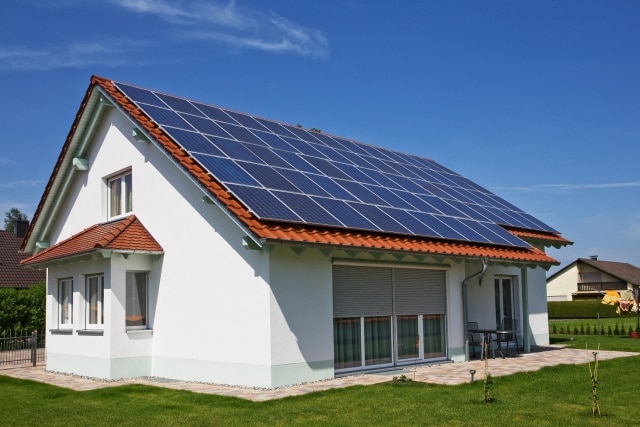When you install rooftop solar panels, the electricity you create cuts into the amount of electricity the utility must provide to meet your needs. Add up the reduced demand of all the homes with solar panels, and you’ve got a pretty sizable amount of electricity that’s no longer needed. Researchers from Carnegie Mellon and the National Renewable Energy Laboratory (NREL) quantified that reduced demand and found that solar panels installed between 2013 and 2015 in California saved utilities from having to purchase between $650 million and $730 million dollars’ worth of electricity. Those avoided purchases create slack in demand, pushing wholesale prices lower. Lower wholesale prices “should ultimately reduce consumers’ costs through lower retail rates,” the researchers write (although whether and how those savings get passed on to retail customers is not discussed in the paper).
The paper is location-specific and draws on historical electricity prices to find how much money rooftop generation saved utilities. In California, there are three major utilities: Pacific Gas and Electric (PG&E), Southern California Edison (SCE), and San Diego Gas and Electric (SDG&E). These utilities buy electricity through CAISO, or the California Independent System Operator, which aggregates wholesale prices from a diverse array of energy companies that run fossil fuel-burning generators and also manage solar, wind, and hydro plants. Utilities can buy electricity for the coming day (known as the day-ahead market) or in real time if they need more electricity than they’ve purchased the day before. Lower demand for electricity leads to lower prices in the day-ahead market. The paper notes that 95 percent of energy purchases are made in the day-ahead market, as opposed to the real-time market. Utilities often look at weather forecasts and other indicators and estimate how much electricity they’ll need. Got a heat wave coming […]

